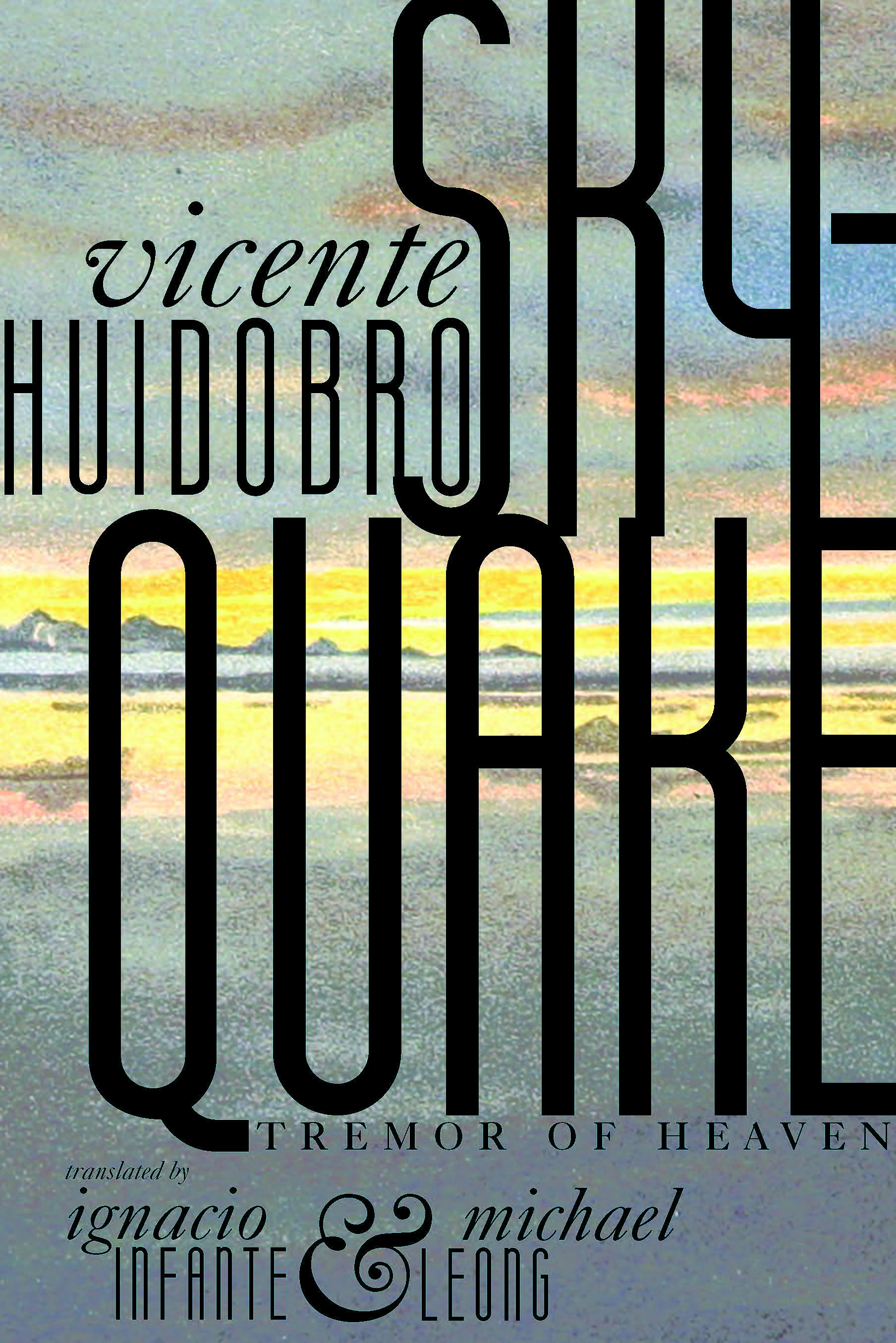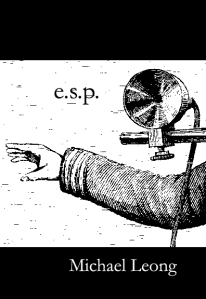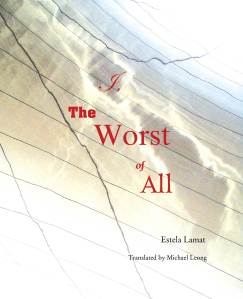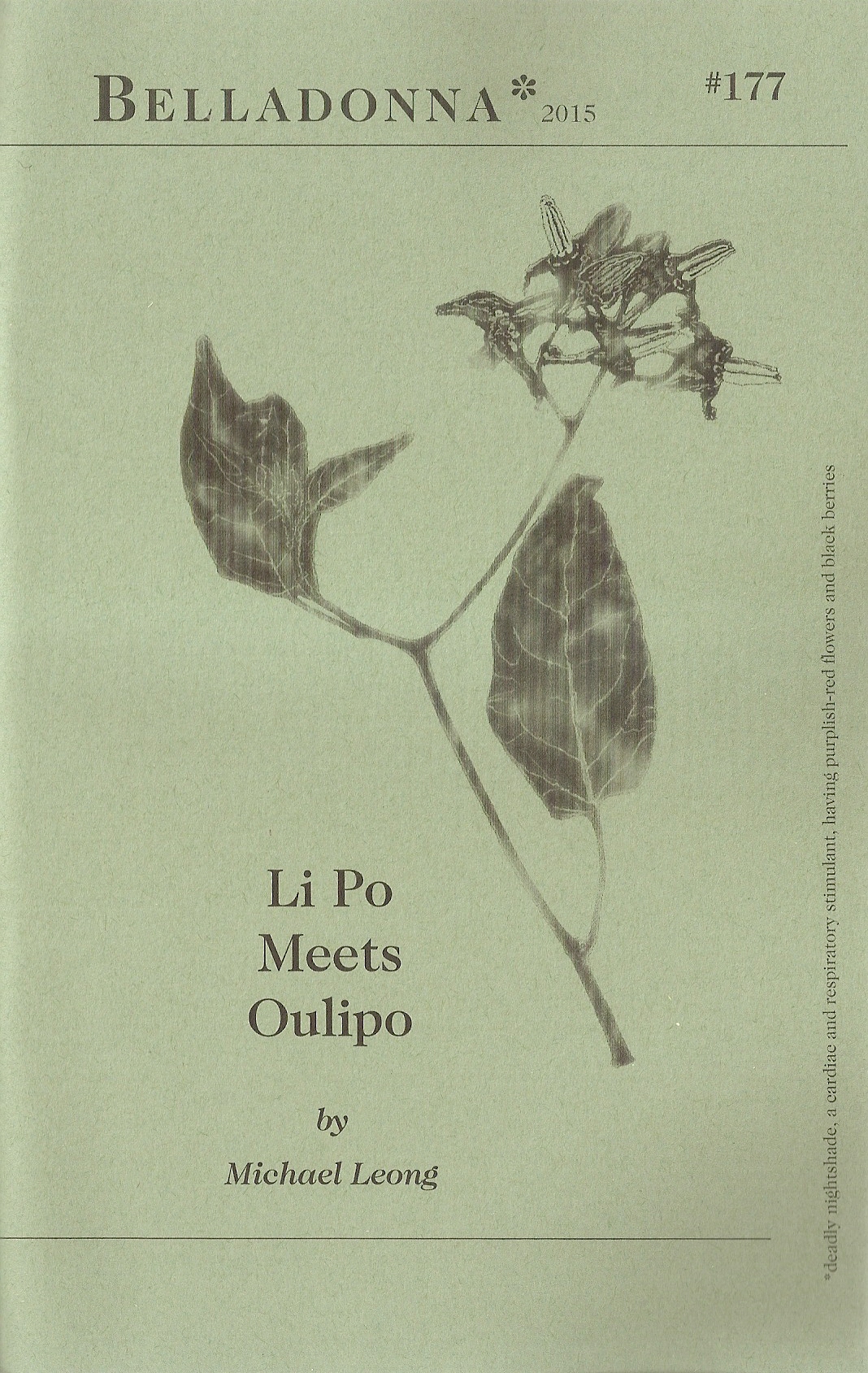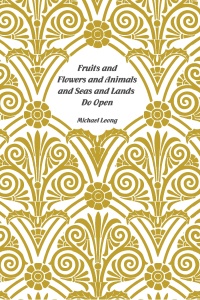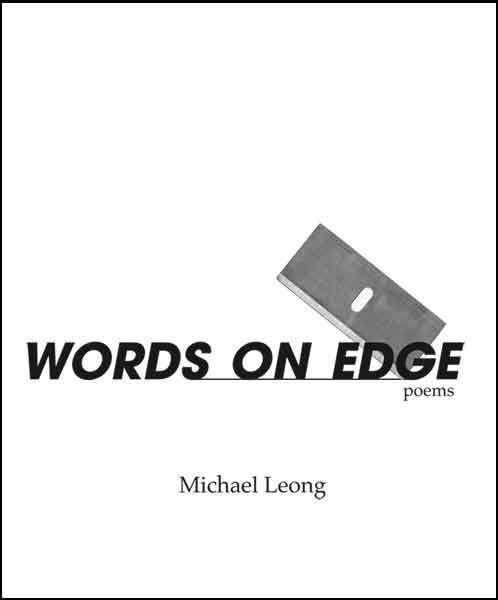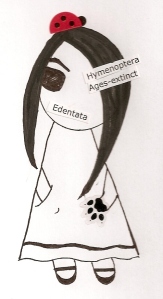News that Stays Newz, or How I Spent Bad Poetry Day
“It is difficult / to get the news from poems / yet men die miserably every day / for lack / of what is found there.” —WCW
***
Yesterday, April 18th, was, believe it or not, Bad Poetry Day, and to “celebrate” I took a break from dissertation writing/research and spent a good part of the afternoon—to quote the catchy subtitle of Dan Hoy’s 2006 anti-flarf essay—“fucking around on the Internet.”
Then I stumbled upon Lance Newman’s fascinating blogzine 3by3by3 which was launched as a “public service” in 2006, and I was immediately tempted by the playful but also challenging simplicity of the project:

From Tristan Tzara’s Dadaist poem to Elizabeth Bishop’s “The Man-Moth” (which was inspired by a newspaper misprint), 20th Century poetry is rife with creative engagements with the news. In fact, Dr. Williams conceived the modernist epic (like his magisterial Paterson) to be the poet’s corrective response to the bulk and banality of the modern news: “The epic poem would be our ‘newspaper,’ …The epic if you please is what we’re after, but not the lyric-epic sing-song. It must be a concise sharpshooting epic style. Machine gun style. Facts, facts, facts, tearing into us to blast away our stinking flesh of news.” And from Mark Nowak’s working class haibuns in Shut Up Shut Down (2004), which are collaged from local newspaper articles, to Kenneth Goldsmith’s Day (2003), which transforms an entire issue of The New York Times into an immense, parodic novel, some of the most interesting volumes of recent contemporary poetry use the newspaper as raw substrate.
The poems in 3by3by3 are examples of what Goldsmith has recently called a post-disjunctive poetry that has been “grabbed, cut, pasted, processed, machined, honed, flattened, repurposed, regurgitated, and reframed from the great mass of free-floating language out there just begging to be turned into poetry.” I was particularly struck by the diversity of the poems in the journal despite the relative homogeneity of their form. Glenn R. Frantz’ recent poems seem almost New York School (August 14th’s “Unable to Testify” begins, “Without bothering to go silent, /the music stores and concert halls have disappeared, / sluggish helicopters engulfed by mudslides”) while Tyler Chadwick’s April 14th “Three American Animals” has more of an over-the-top, flarfy feel:
Mr. President, you did consider a robot dog?
After that robotic pooch was found guilty of second-degree
murder for lovin’ an actress to death from behind?
The Tuesday “blue plate” special was to write a series of 3 linked hay(na)ku (an elegantly minimalist form (a bit like the tip of an Oulipian “snowball”) inaugurated by poet and publisher Eileen Tabios in 2003 on Philippine Independence Day), so I decided to give it a whirl…at the very least, I thought, I can come up with an outrageously bad poem in the spirit of the “holiday.” Yet while I had in mind a humorous poem, the form pulled me in another direction.

I picked the first article “European Regulators Examine Reports of Exploding iPhones” because I thought it might be provocatively juxtaposed with recent bombings in Baghdad. But, using such a minimalist form, I interestingly wound up with a kind of compressed history of civilization—primitive man becomes homo linguisticus (“murmurs / … / in the wilderness”), then becomes what Freud has called a “prosthetic God” (“confused / devices abuzz”), and finally politically sidesteps dire issues such as global warming (“even extinction / could be negotiated”).
In short, I found Newman’s “public service” to be quite important as it encourages us to poetically and critically respond to the news which, so many times, gives us the feeling of helplessness. I’m thinking of Anne Waldman’s long poem Iovis which depicts an all too familiar scene: “She spreads the documents about her, and bows her head. She feels a burden to sustain the plan. The society is crumbling around her. She can barely withstand the daily news.” One way to respond is to “sustain the plan” of a long poem—and here long poems from Paterson to Iovis can be seen as a way to manage the disastrous news of a crumbling modernity. Another way is to write for 3by3by3—I highly recommend it.



